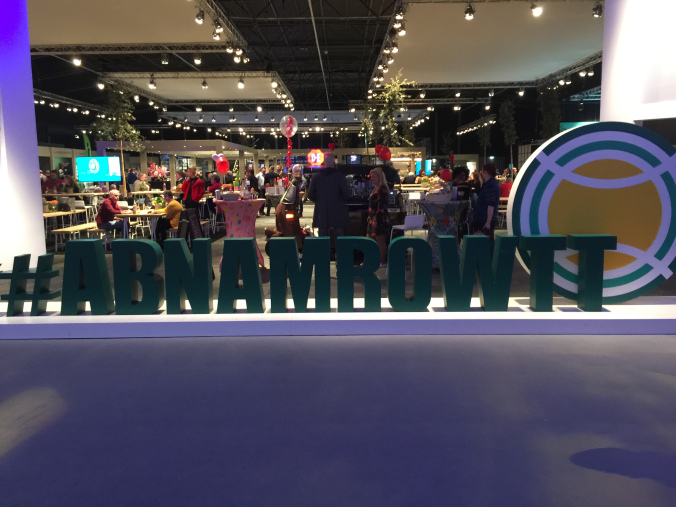12 days, 12 months or 12 years


At this festive time of the year, many marketers will reflect on what was achieved in the last 12 months, as an individual or as part of an organisation. There will be all sorts of reasons for not ‘hitting the targets’. One of the most common will be ‘we did not invest long enough’ or the ‘results do not reflect the time and effort’. Whatever. The good news is 2016 will close shortly and there will be a new year when we can start again to achieve our new targets. If targets were missed this year, the pressure will probably be higher to over perform over the next 12 months…
Earlier this week, The English Football Association (FA) extended its partnership with Nike for 12 years to design and supply apparel to all 24 England teams from 2018 to 2030. The total fee is in the region of £400 million or £35 million per year. As a partner since 2013, Nike must feel they will be getting value for money by committing to a long-term deal. In fact, The FA has consistently generated more commercial revenues in each 4-year cycle since 2006. The annual sponsorship and licensing revenue is now estimated at £56 million per year. From 2002-2006 the total sponsorship revenue over 4 years was about £55 million. What changed?
Back in 2004, The FA Commercial Team were dependent on five brands who sponsored the Men’s Senior National England Team and The FA Cup. These were two iconic assets which The FA had to offer. Over a 12-month period, working with The FA, the commercial program was re-designed bringing new assets such as the women’s game, New Wembley and youth skills programs into the sponsorship portfolio. In fact, there were 22 different assets which could have been developed and taken to market. More importantly, each asset was profiled and researched to understand how a sponsor could benefit from a partnership with The FA and the chosen asset or football program.
In the early stages of the process, there were some fixed views on the value of a specific sponsorship package, such as the England Team Head Sponsor, which needed to generate twice as much revenue as The FA Cup. None the less, we presented each asset based on the brand values, key fan insights and commercial opportunities for each sponsor and allowed the market to decide. The FA Cup attracted a sponsor called E.ON who were prepared to pay 40% more than Nationwide, the head sponsor of the England Team. This was followed by the supermarket giant Tesco, who sponsored a Skills Program for 5 to 11 year kids for a fee that was worth more than an Official Sponsor of the England Team. Even during the global recession and years of England teams not fulfilling their potential on the pitch, the commercial revenues increased.
We can be cynical about reasons why the revenue has grown, “it’s football” or “The FA benefits from the growth of the English Premier League”. Possibly, but 12 year deals do not magically arrive on your desk. The wheels of change were set in motion 12 years ago. Today, brands are more demanding and there is even more competition in the market. Just look at what Rakuten are prepared to pay FC Barcelona, the evolution of the UFC and not to mention eSports, gamers and YouTubers that are competing with players, teams and federations for fans and sponsorship income.
You cannot create success over night but as you enjoy the 12 Days of Christmas, spare a thought about what you can change over the next 12 months that will still be adding new value to your partnerships in 12 years’ time.